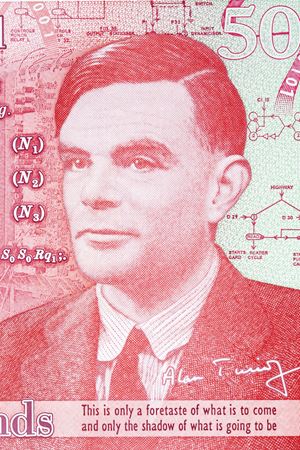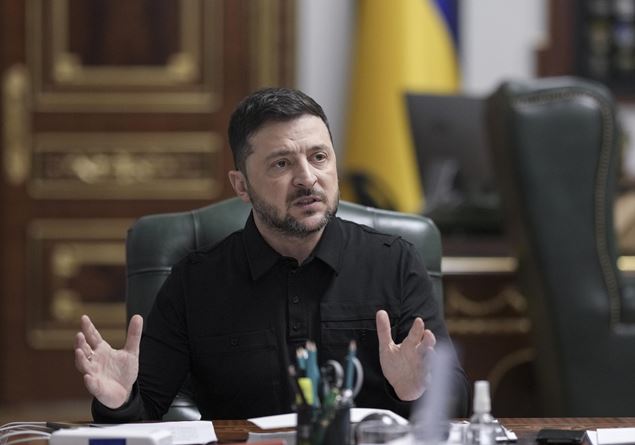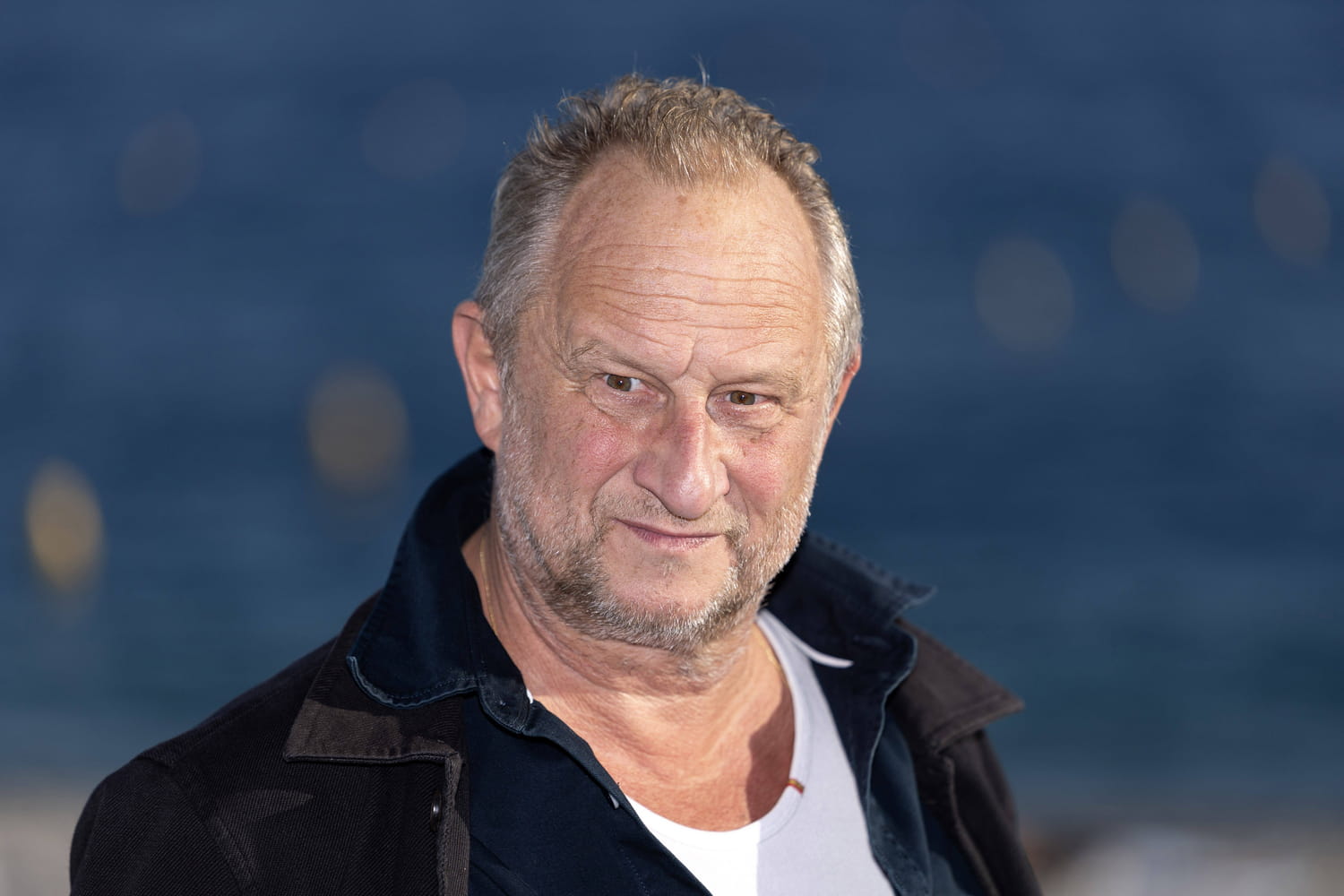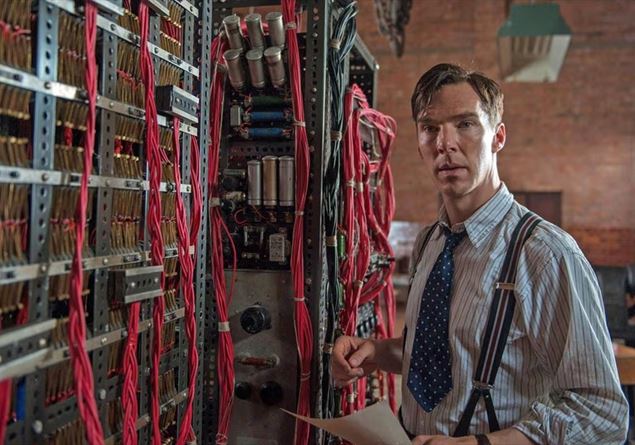Alan Turing was a mathematical genius ignored for decades, after his figure had been overshadowed by what was a stigma at the time: homosexuality. The late official rehabilitation of his figure turned the spotlight on him again, thanks above all to the film,The Imitation game of 2014 (winner of the Oscar for best adapted screenplay), starring Benedict Cumberbatch, broadcast tonight on La7 Cinema (channel 29)And taken from the 1983 biography Alan Turing: The Enigma by Andrew Hodges. The movie recounts the crucial role of the mathematician and his team in deciphering the code of the German cryptographic machine during the Second World War Enigma at the secret base of Bletchley Park. The computer scientist’s task was to build a machine, the “Bombe” (or Christopher, in the film), capable of testing all possible configurations of Enigma in a timely manner, a challenge considered almost impossible at the time. The real story, which has even more complex and painful connotations than the one told in the film, is that of a man who, breaking the mold of his time, not only saved Great Britain from disaster, but laid the theoretical foundations for modern information technology. Calculations estimate that the feat shortened the conflict by about two years, saving millions of lives. Despite these actions, his enormous contribution remained hidden under state secrecy for decades after the war.
Alan Turing was born in Maida Vale, London, on 23 June 1912. Already at an early age Turing showed signs of the genius that would make him famous throughout the world in future years. In an era in which classical studies were favored, his passion for scientific subjects put him in a bad light during his school career, so much so that he had enormous difficulty obtaining a diploma. In 1931 he was admitted to King’s College of the University of Cambridge, where he was a student of Ludwig Wittgenstein and where he deepened his studies on quantum mechanics, logic and probability theory.
In 1934 he graduated with first class honours, and in 1936 he won the Smith Prize (awarded to the two best research students in physics and mathematics at Cambridge University). That same year he transferred to Princeton University where he studied for two years, eventually obtaining a Ph.D. in those years published the article “On computable Numbers, with an application to the Entscheidungsproblem” in which he described for the first time the future “Turing machine”, the forerunner of modern computers. In 1940, at the age of 28, he was head of the group of researchers engaged in decrypting the machines used by the German navy, including Enigma

As the world moved into the computer age, based on his theoretical works on the algorithm and the Turing Machine, Alan continued his academic career. His life, however, was tragically cut short when his homosexuality became public knowledge following a theft complaint in 1952. At the time, in the UK, homosexuality was considered a criminal offense of “gross indecency”. The choice offered to him by the authorities was between prison and chemical castration. He chose the latter, undergoing estrogen treatment which compromised his physical and mental health. Two years later, in 1954, he was found dead by cyanide poisoning, in what was ruled a suicide, at just 41 years old. At his side, a partially bitten apple.
It took Britain decades to recognize its mistake. In 2009, Prime Minister Gordon Brown issued an official apology on behalf of the British government for the way the genius had been treated. Finally, noIn 2013, Queen Elizabeth II granted him a posthumous royal pardon, an act that sought to heal, even if only symbolically, the terrible injustice suffered. Today, Turing is honored as a war hero, a scientific pioneer and a symbol of the fight against intolerance. His figure remains a touching testimony to the personal sacrifice imposed on those who served the State in silence, despite the fact that the past has never ceased to be a warning about the brutality of discrimination. In 2012, one hundred years after his birth, Turing was included among the people celebrated in the Royal Post Office’s 2012 issues.









